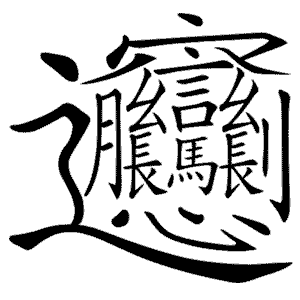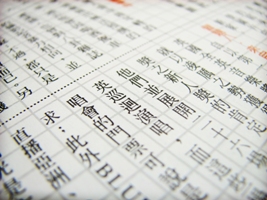
One thing that struck me during my initial stay in Taiwan, was how everything imported from western culture had to be imported into Chinese first. If I asked someone on the street where the nearest McDonalds was, they wouldn’t know what I was referring to, even if there was one across the street, since I would need to use the Chinese equivalent 麥當勞 (Màidāngláo). The same is also true for famous Hollywood actors, books or movies. Ask any kid who Harry Potter is, and they couldn’t tell you. But refer to him as 哈利波特 (Hālì Bōtè) and of course they would rave about the latest book!
As you can see from the above examples, the Chinese equivalent is usually formed using a transliteration of the sound using the closest equivalent in Chinese characters. While it’s usually possible for Westerners to deduce the English equivalent by hearing the Chinese (especially if you have heard it before), local Chinese speakers usually have a harder time going the other way. I found this to be an interesting phenomenon, since characters that to us are homonyms (mài and mǎi for example) are completely distinct to native Mandarin speakers so it is harder for them to associate them together.
It is more complicated than this though, as some transliterations may end up producing meanings that don’t evoke the proper emotion. Some companies have a done a great job of combining the transliteration with a reasonable meaning. One of my favorites is KFC, which becomes 肯德基 (Kěndéjī). That sounds reasonable close to “Kentucky” while retaining the jī at the end meaning “chicken.” Another one I found particularly interesting was Coca Cola which is 可口可樂 (Kěkǒu kělè). From a transliteration point of view, it would have made much more sense for them to invert the characters to produce “Kǒu kě kǒu le” or something similar. However, the former name has a literal meaning of “tasty cola” which is obviously a good feeling for Coke to evoke and is why it was chosen.
So what is the lesson to be learned here? When in Rome, do like the Romans do. Learn what the Chinese equivalent of your name is. (In my case Adam becomes 亞當 (Yǎdāng)). Learn the name of your country and city is in Chinese if you expect to be able to tell where you’re from. If there are any other topics you wish to talk about, find out what their equivalent is in Chinese first to give yourself a head start.




